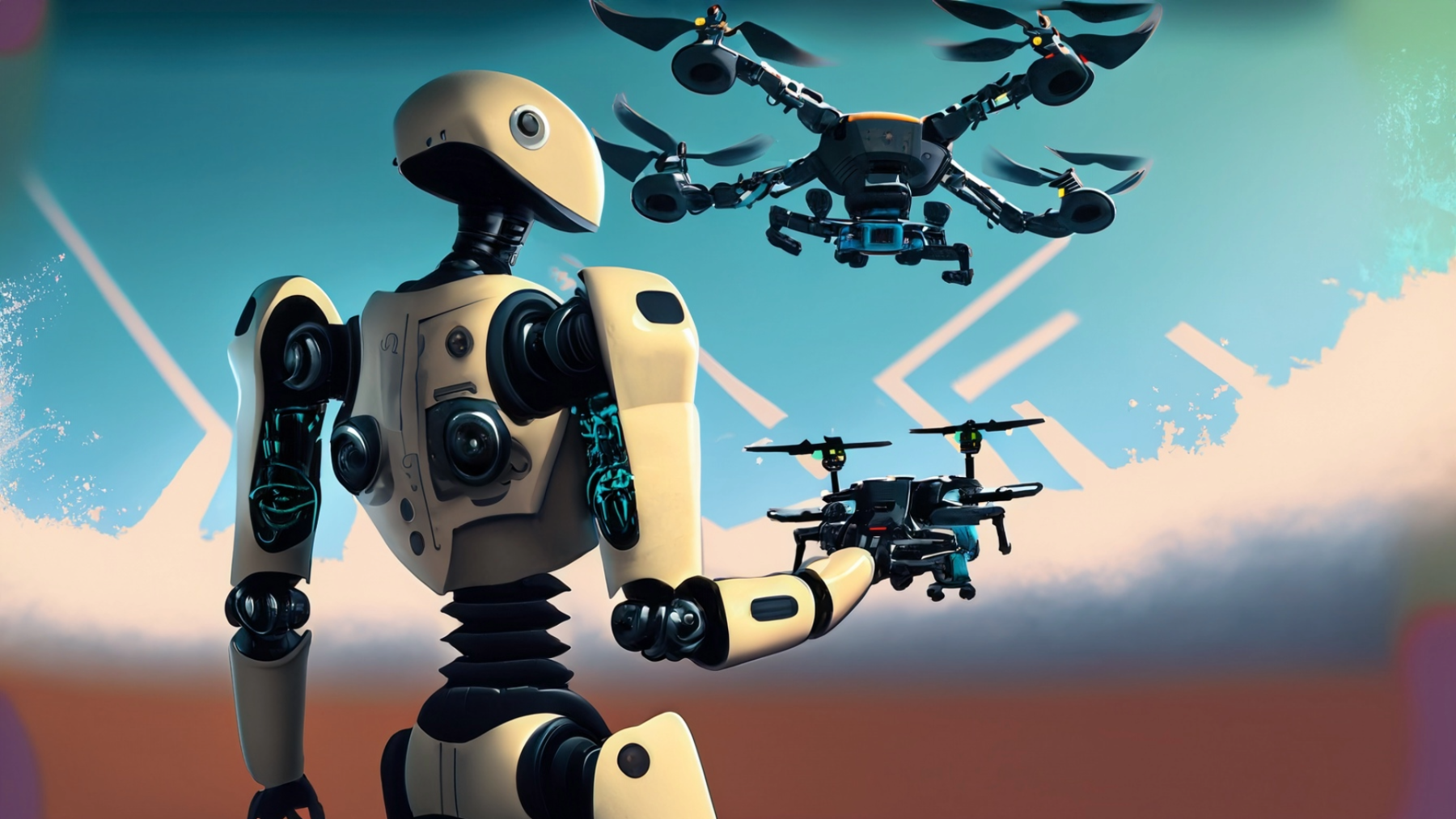
Coding a Drone to Fly on Mars or in a City Park! Plan 1 of 2
by Rob Lynch
Coding and flying drones what a match! Students will have the chance to experiment with flying a drone in a simulator. The lesson includes 4 missions incorporating forces of flight acting on a drone.
Lesson Plan Link/URL
https://docs.google.com/presentation/d/1UfpFU1H2bYSkF3uQwpu0dN3TGw6dzJ4Y/edit?u…Subject Area
Science Physical Science P3: Net Force P4: Energy Transfer Technology 1. Empowered Learner 3. Knowledge Constructor 4. Innovative Designer 5. Computational Thinker Engineering S4: Apply Science to Engineering S5: Apply Technology to Engineering Mathematics Measurement and Data (MD) English Language Arts (ELA) Writing
Featured
Off
Related Content

Grades:
4th Grade, 5th Grade, 6th Grade, 7th Grade, 8th Grade
This is the first lesson in a series of 4. Students gain an understanding of the forces that are acting upon a drone when it is flying. They will learn about how thrust, weight, lift and drag work

Grades:
3rd Grade, 4th Grade
In this unit, students will identify what a shelter is and why we need it. Students will identify the different types of shelters and materials needed depending on climate and their surroundings

Grades:
5th Grade, 6th Grade
This is a lesson plan made to target the fifith grade standard on how noncontact forces impact one another. It can be adapted to grades 5-12. Students will explore magnetism and polarization, research